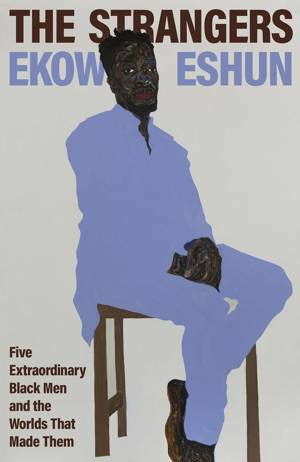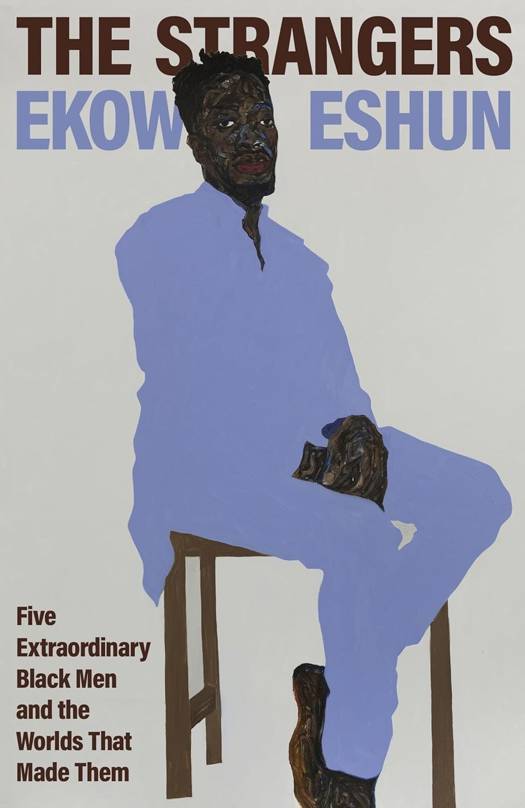
- Afhalen na 1 uur in een winkel met voorraad
- Gratis thuislevering in België vanaf € 30
- Ruim aanbod met 7 miljoen producten
- Afhalen na 1 uur in een winkel met voorraad
- Gratis thuislevering in België vanaf € 30
- Ruim aanbod met 7 miljoen producten
Zoeken
The strangers
five extraordinary black men and the worlds that made them
Ekow Eshun
Hardcover | Engels
€ 27,95
+ 55 punten
Uitvoering
Omschrijving
In the western imagination, a Black man is always a stranger. Outsider, foreigner, intruder, alien. One who remains associated with their origins irrespective of how far they have travelled from them. One who is not an individual in their own right but the representative of a type.
What kind of performance is required for a person to survive this condition? And what happens beneath the mask?
In answer, Ekow Eshun conjures the voices of five very different men. Ira Aldridge: nineteenth century actor and playwright. Matthew Henson: polar explorer. Frantz Fanon: psychiatrist and political philosopher. Malcolm X: activist leader. Justin Fashanu: million-pound footballer. Each a trailblazer in his field. Each haunted by a sense of isolation and exile. Each reaching for a better future.
Ekow Eshun tells their stories with breathtaking lyricism and empathy, capturing both the hostility and the beauty they experienced in the world. And he locates them within a wider landscape of Black art, culture, history and politics which stretches from Africa to Europe to North America and the Caribbean. As he moves through this landscape, he maps its thematic contours and fault lines, uncovering traces of the monstrous and the fantastic, of exile and escape, of conflict and vulnerability, and of the totemic central figure of the stranger.
What kind of performance is required for a person to survive this condition? And what happens beneath the mask?
In answer, Ekow Eshun conjures the voices of five very different men. Ira Aldridge: nineteenth century actor and playwright. Matthew Henson: polar explorer. Frantz Fanon: psychiatrist and political philosopher. Malcolm X: activist leader. Justin Fashanu: million-pound footballer. Each a trailblazer in his field. Each haunted by a sense of isolation and exile. Each reaching for a better future.
Ekow Eshun tells their stories with breathtaking lyricism and empathy, capturing both the hostility and the beauty they experienced in the world. And he locates them within a wider landscape of Black art, culture, history and politics which stretches from Africa to Europe to North America and the Caribbean. As he moves through this landscape, he maps its thematic contours and fault lines, uncovering traces of the monstrous and the fantastic, of exile and escape, of conflict and vulnerability, and of the totemic central figure of the stranger.
Specificaties
Betrokkenen
- Auteur(s):
- Uitgeverij:
Inhoud
- Aantal bladzijden:
- 288
- Taal:
- Engels
Eigenschappen
- Productcode (EAN):
- 9780241472026
- Verschijningsdatum:
- 1/10/2024
- Uitvoering:
- Hardcover
- Afmetingen:
- 165 mm x 241 mm
- Gewicht:
- 614 g

Alleen bij Standaard Boekhandel
+ 55 punten op je klantenkaart van Standaard Boekhandel
Beoordelingen
We publiceren alleen reviews die voldoen aan de voorwaarden voor reviews. Bekijk onze voorwaarden voor reviews.











